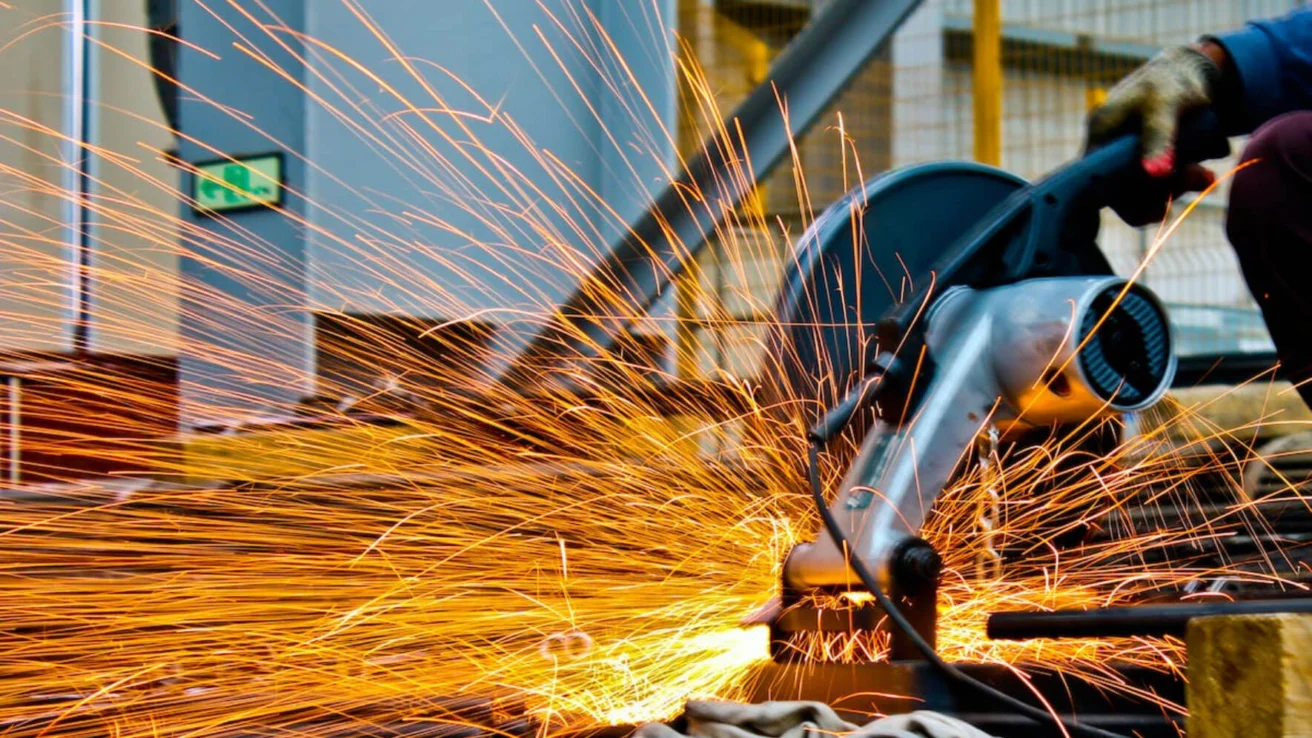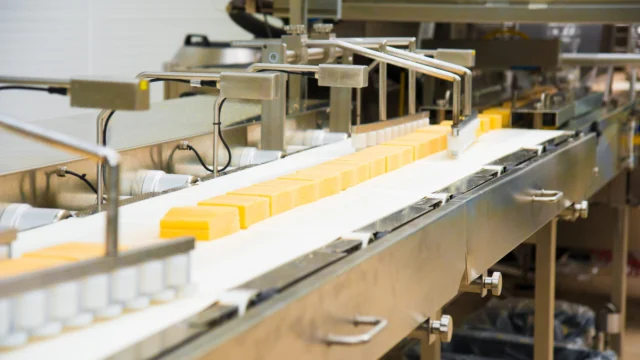C-Shredder-Trip-Elimination-268
Background
As part of a Reliability Excellence implementation in a large cane sugar refinery, Life Cycle Engineering, Inc. (LCE) assigned a Reliability Engineer to investigate potential limiting factors that could be resolved short-term. The intent of these Reliability Action Team (R.A.T.) activities is twofold. First, to begin the change process by getting the workforce involved in resolving problems that negatively affect the plant. The second benefit of these activities is the generation of immediate improvement in plant performance and profitability.
Analysis of plant data identified excessive losses caused by tripping of the C Mill Shredder. The shredder is a massive and critical asset located at the start of the cane process which, if not running, causes complete process shutdown. Additionally, the byproduct of milling (ground cane) is used as fuel for the site’s power plant boilers which must be curtailed or reduced in power if bagasse (the byproduct) is not available as fuel.
The shredder trips were a known irritant to the plant operation, but there was no metric in place to measure the total effect of outages caused by the shredder. Shredder trips were occurring one to three times per day, and could cause as little as 15 minutes or as much as entire shifts of unplanned downtime to the operation. Repeated attempts by individuals working alone without good problem solving tools had failed to solve the problem. The actual baseline, when calculated, was a loss of throughput of 16,500 tons of product per month through the shredder. The cost of downtime at this time was $10,000 per hour.
Action Taken
Analysis of the asset tripping problem revealed that the root cause of the problem was likely a controls system internal interaction issue, with additional exacerbation caused by shift-to-shift operator adjustments.
A cross-functional team was created to investigate this problem, and determine a permanent solution. Once the problem was accurately and fully understood, the solutions became easy. The plant Controls Engineer implemented the required changes (setpoint and tuning) to the Shredder controller, and a simple procedure was developed to direct production operators on proper operation. Operators were trained in the new procedure, and a follow-up process was implemented.
The Results
The direct results of implementing the required modifications and procedures in the C Mill Shredder was an immediate decrease in the number of trips from one to three per shift to an average of one or less trip per week, eliminating 54 hours of unplanned downtime per crop year. Total investment in the improvement was $2,000 in labor, and the return for this investment was $540,000 per year in permanent, repeatable throughput in the Shredder.
Conclusions
This client realized a significant improvement in plant performance by analyzing and correcting a seemingly minor problem, leading to the identification and correction of other similar issues in the plant, further increasing the plant’s throughput and profitability. The plant gained in appreciation of a proactive approach to plant operation and maintenance, and continues to improve overall performance.
Chronic failures, no matter how small, become “the way it is” after only a short time if not addressed. Early detection and timely root cause analysis, followed by expedient correction, minimize the effect of these types of failures and lead to significant improvements in asset performance. A robust loss elimination (or operational excellence) process provides the tools to facilitate reporting asset problems and efficient correction of problems.
Operators, as well as maintenance crafts, must know not only how to properly operate and maintain assets, but also the effect that poor reliability has both operationally and financially to the overall operation. This knowledge has the effect of increasing a sense of ownership and responsibility in our people to do the right thing, and not allow small problems to grow into major contributors to business losses.
© 2010 Life Cycle Engineering, Inc
For More Information
843.744.7110 | info@LCE.com


